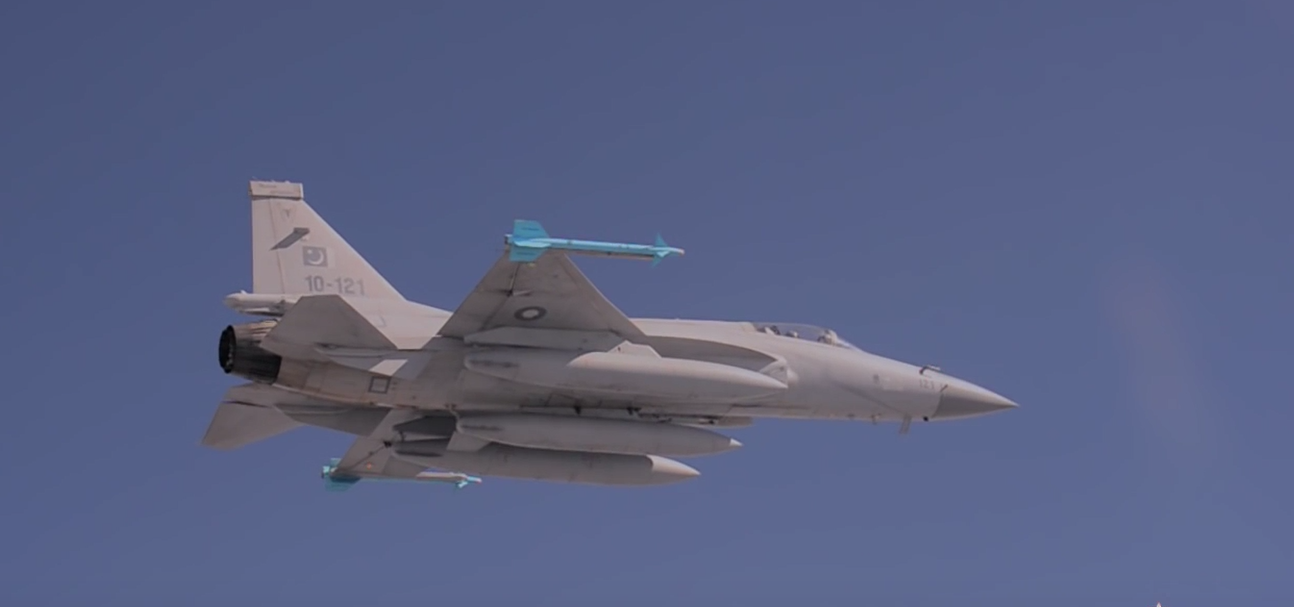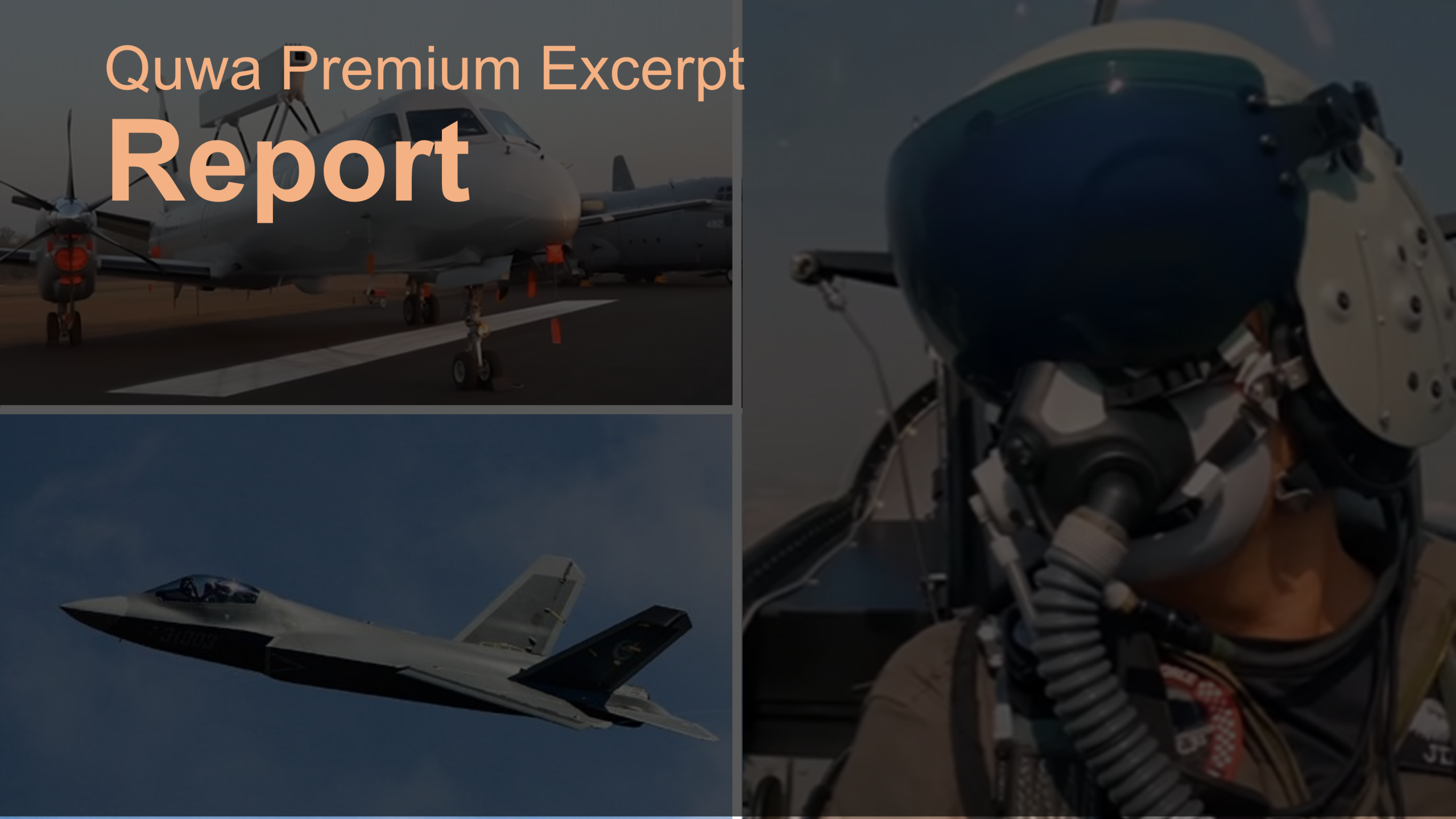Pakistan Aeronautical Complex (PAC) delivered a total of 70 JF-17 Block-I and Block-II multi-role fighters to the Pakistan Air Force (PAF) since the fighter’s induction in the PAF in 2010-2011 (Radio Pakistan).
The figure was released by PAC during a hearing with the National Assembly’s Standing Committee on Defence Production on Wednesday, 07 December.
Besides noting recent export successes with the Super Mushshak, PAC also affirmed its success in restoring the PAF’s Saab Erieye airborne early warning and control (AEW&C) aircraft.
Notes & Comments:
The PAF’s JF-17s are currently deployed in four operational fighter units – i.e. No. 2 at PAF Masroor, Combat Commanders School (CCS) at PAF Mushaf, and No. 16 and No. 26 at PAF Peshawar.
In December 2015, PAC announced that it had successfully rolled out 16 JF-17 in 2015, indicating that it is in better shape to help the PAF in its goal of replacing 190 legacy F-7P and Mirage III/5.
Currently, the PAF has a firm requirement for 150 JF-17s divided across three production blocks, i.e. Block-I, Block-II, and Block-III. The Block-III is envisaged to incorporate an active electronically-scanned array radar, helmet-mounted display and sight system, and updated electronic warfare and countermeasures.
Recent news reports posit that the PAF intends to increase this requirement to 250 units, which, despite being mentioned frequently, has yet to see direct confirmation from the PAF. However, this route would not be surprising considering that it would be the most affordable method to phase out its remnant legacy units (i.e. the F-7PG and Mirage ROSE) and/or add AESA-equipped fighters in the 2020s.
The first twin-seat Thunder – i.e. JF-17B – should also be rolling out in the coming weeks. It is likely that the JF-17B will serve as the PAF’s lead-in fighter-trainer (LIFT).
Post Notes:
With 70 units, there are about as many JF-17s in the PAF as there are F-16s. In effect, the JF-17 is clearly among the PAF’s essential fighter platforms. The nearing presence of the JF-17B could not be more timely considering that a substantial portion of the fighter fleet is comprised of the JF-17, which will now expand to becoming the most pervasive fighter in the PAF.
The remaining 80 units will comprise of Block-II (30) and Block-III (50) fighters. Replacing older F-7P and non-Retrofit Strike Element (ROSE) upgraded Mirage III/5 units will likely take priority. In terms of F-7Ps, the No. 14 (formerly F-16) unit at PAF Minhas would be the sole candidate. It would be worth observing if some of the remaining Block-IIs are switched to the dual-seat JF-17B, which would then open Mianwali’s No. 18 unit, which uses F-7P and dual-seat FT-7Ps as operational conversion units (OCU). With the Block-II, the PAF could fully close the book on the F-7P. Furthermore, a JF-17 OCU unit would not only feed No. 18, but No. 2, No. 14, No. 16, and No. 26. That OCU element bridge from a LIFT curriculum, possibly at the same unit, but to prepare prospective JF-17, Mirage, and potentially even F-16 candidates.
This would also leave the much-improved Block-III to replace the non-ROSE Mirage III/5.
The inclusion of the Aselsan ASELPOD advanced targeting pod will equip PAF JF-17s with precision-guided air-to-ground strike capabilities. While this capability has been marketed by AVIC via numerous Chinese targeting pods and air-to-ground munitions, the PAF has opted for Aselsan’s solution. It is not known what form the JF-17’s laser-guided bombs will take, though a solution mirroring the Paveway – i.e. a guidance kit for Mk-8x series general purpose bombs – is plausible. With No. 2’s maritime focus, it is possible that the tactical strike role could be given to No. 16 and/or No. 23.




